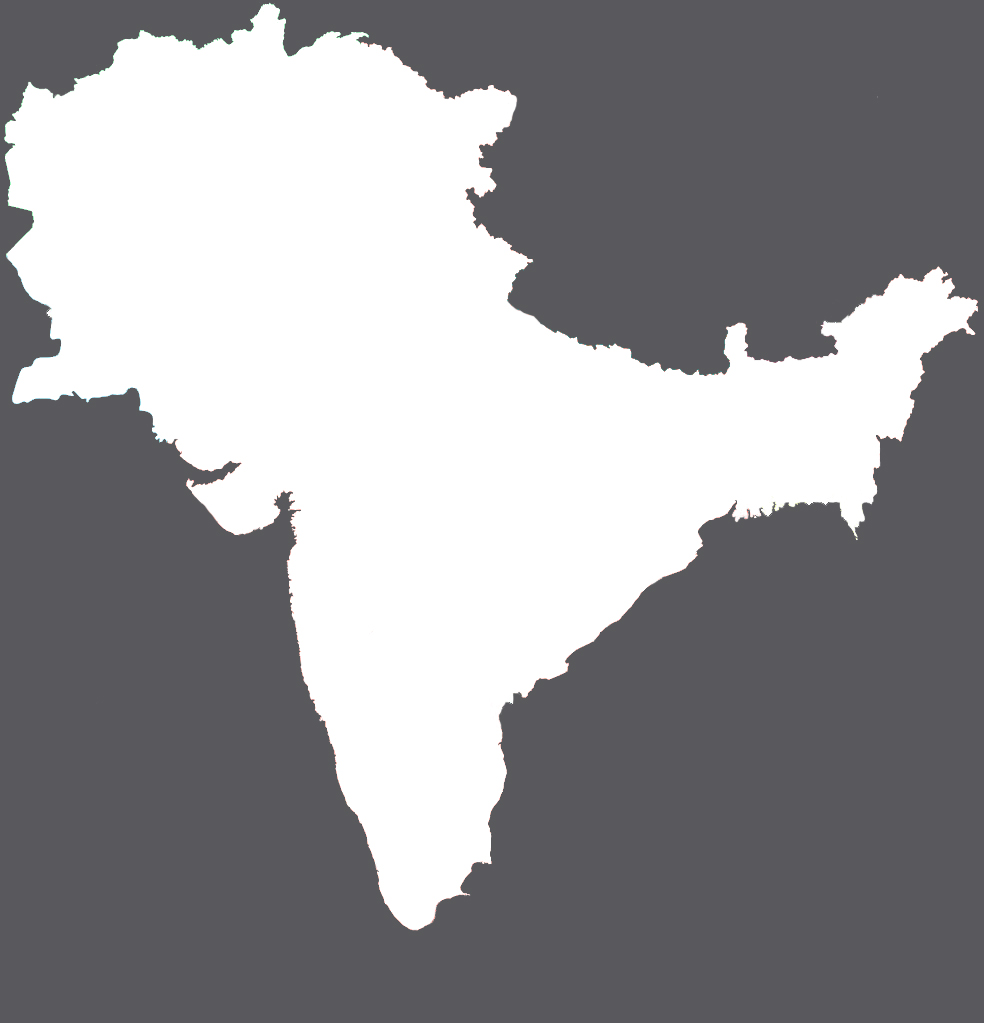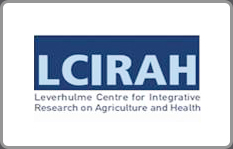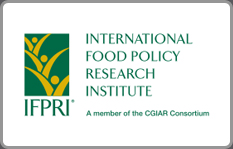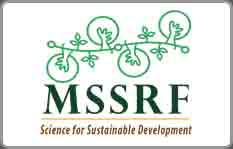Buy or make? Agricultural production diversity, markets and dietary diversity in Afghanistan
Increasing on-farm production diversity and improving markets are recognized as ways to improve the dietary diversity of smallholders. Using instrumental variable methods to account for endogeneity, we study the interplay of production diversity, markets and diets in the context of seasonality in Afghanistan. We confirm an important seasonal dimension to the interplay. Improved crop diversity over the year is positively associated with dietary diversity in the regular season, but not in the lean season.
Food Production and Consumption in Shah Foladi, Bamyan Province, Afghanistan: The Challenge of Dietary Seasonality
‘Assuring global food security’ is among the Sustainable Development Goals (SDGs). Nutrition security focuses on micronutrient-deficiency diseases caused by inadequate intake of vitamins and minerals. In South Asia, as in many other regions of the world where there are high levels of malnutrition, emerging patterns of changes in seasonality as a likely consequence of climate change are threatening the livelihoods and food security of households.
Are agriculture and nutrition policies and practice coherent? Stakeholder evidence from Afghanistan
Despite recent improvements in the national average, stunting levels in Afghanistan exceed 70% in some Provinces. Agriculture serves as the main source of livelihood for over half of the population and has the potential to be a strong driver of a reduction in under-nutrition.







